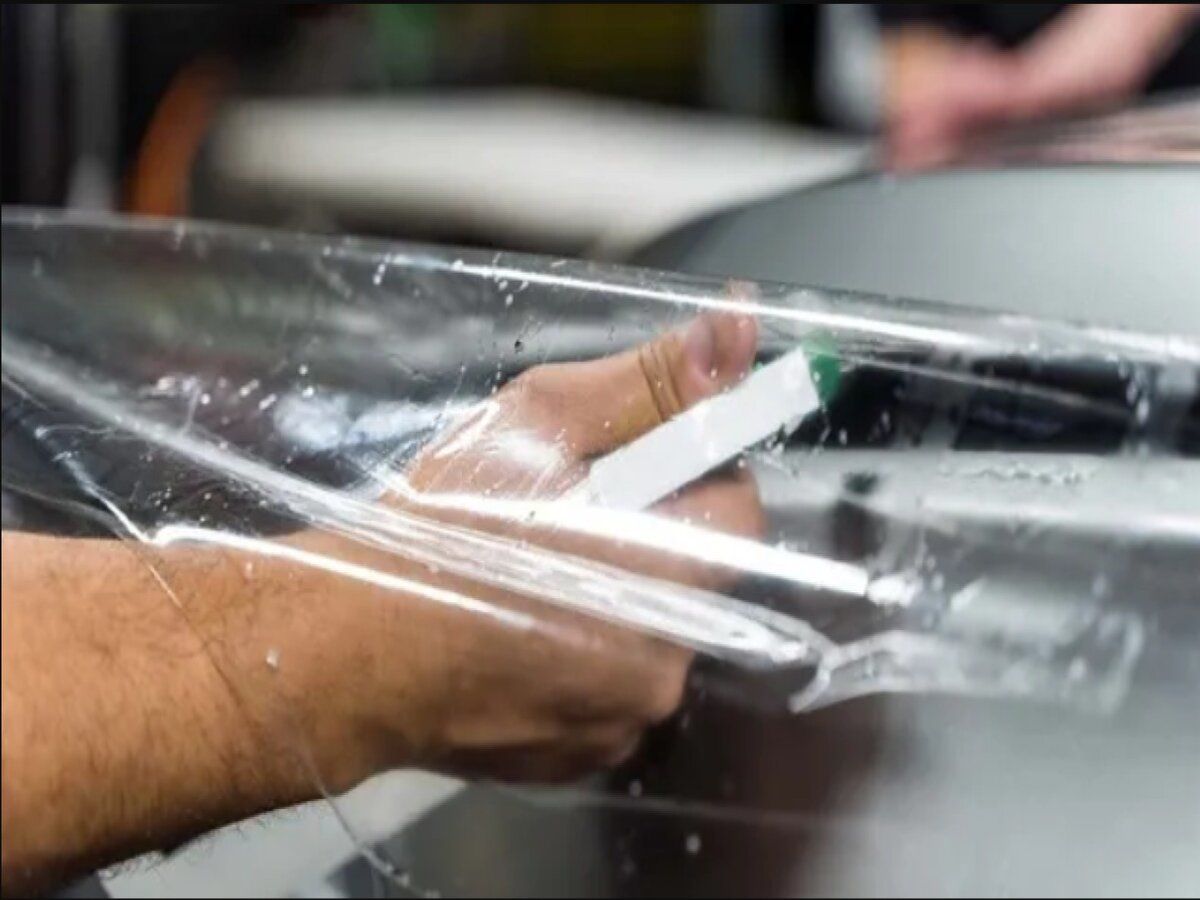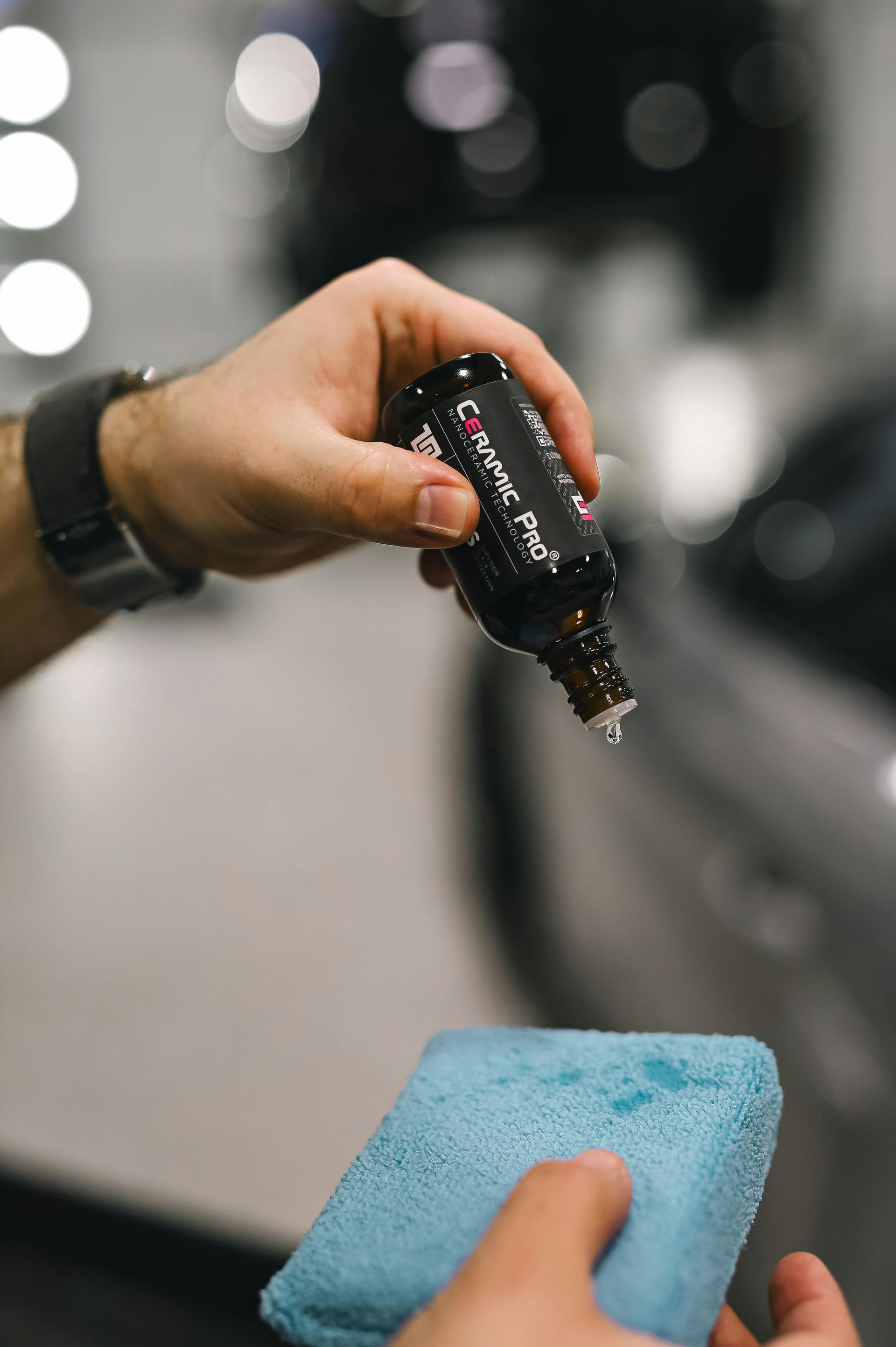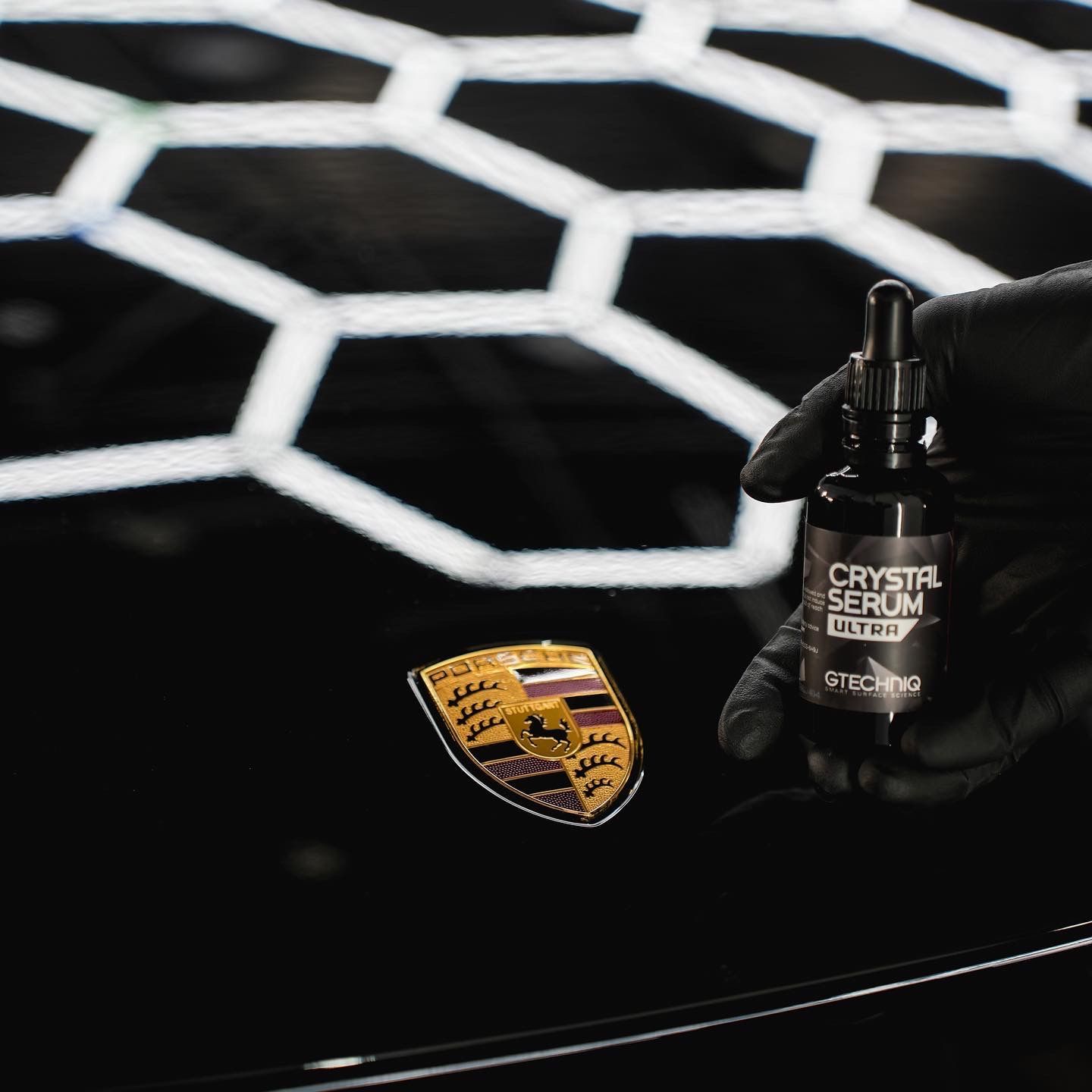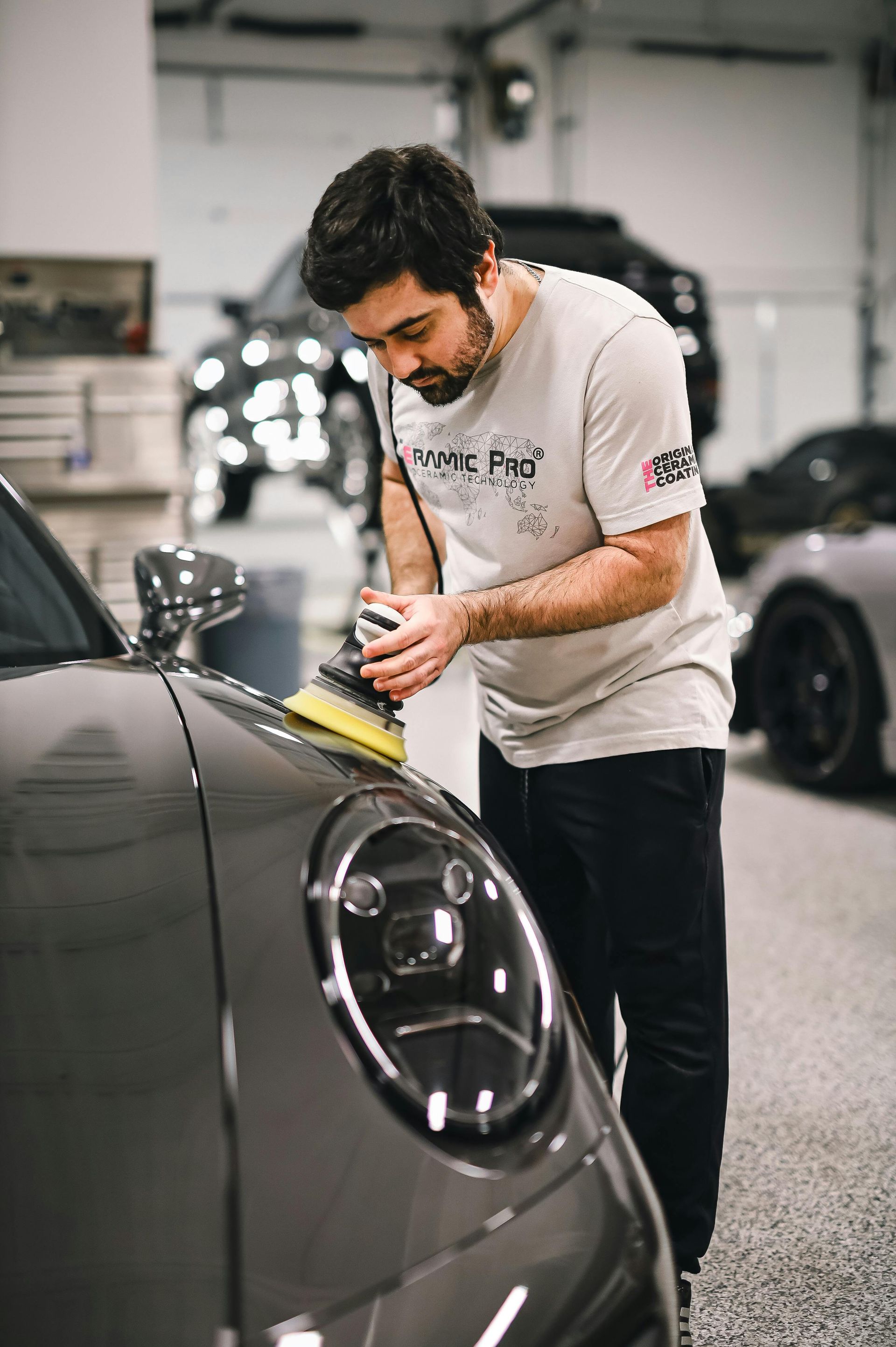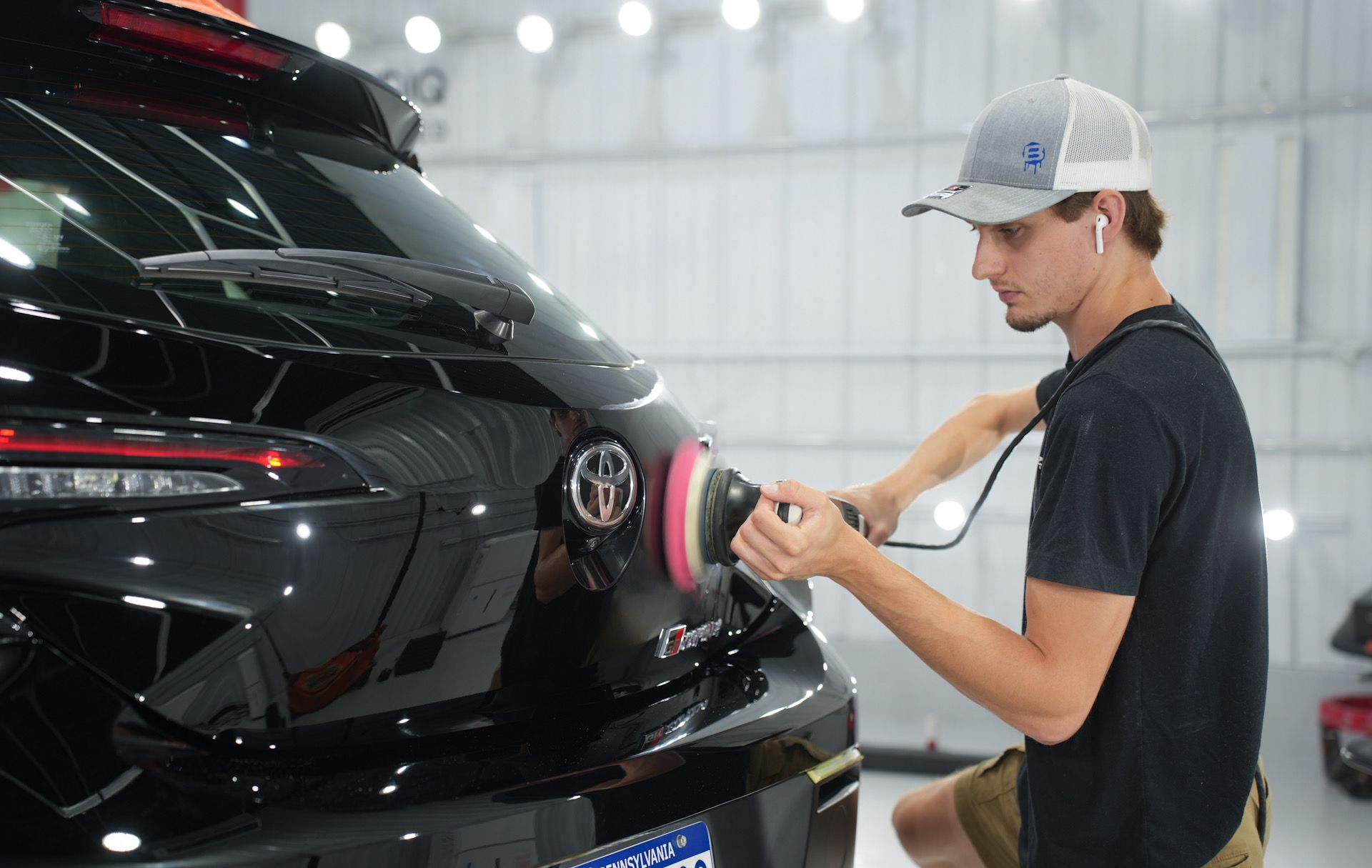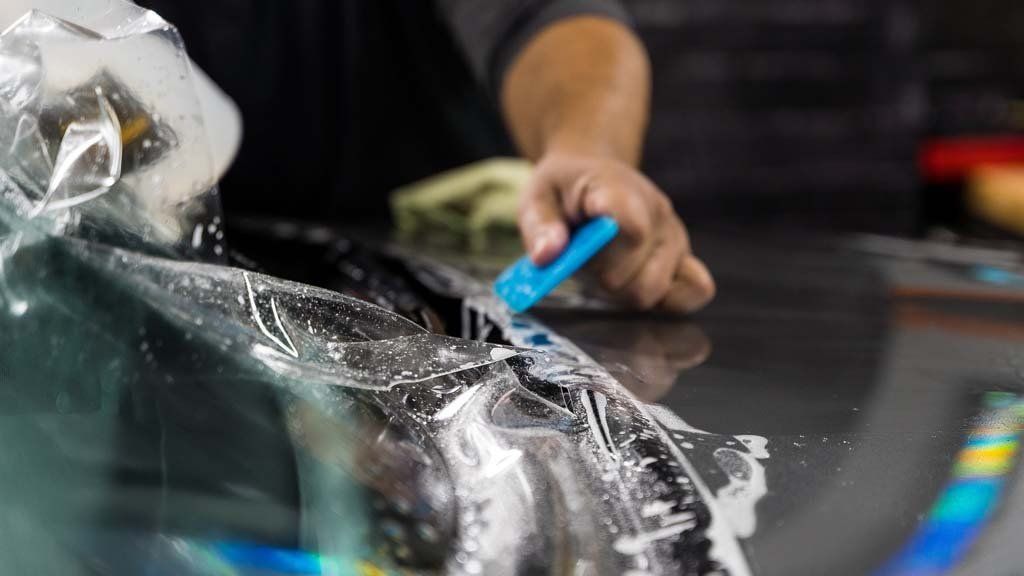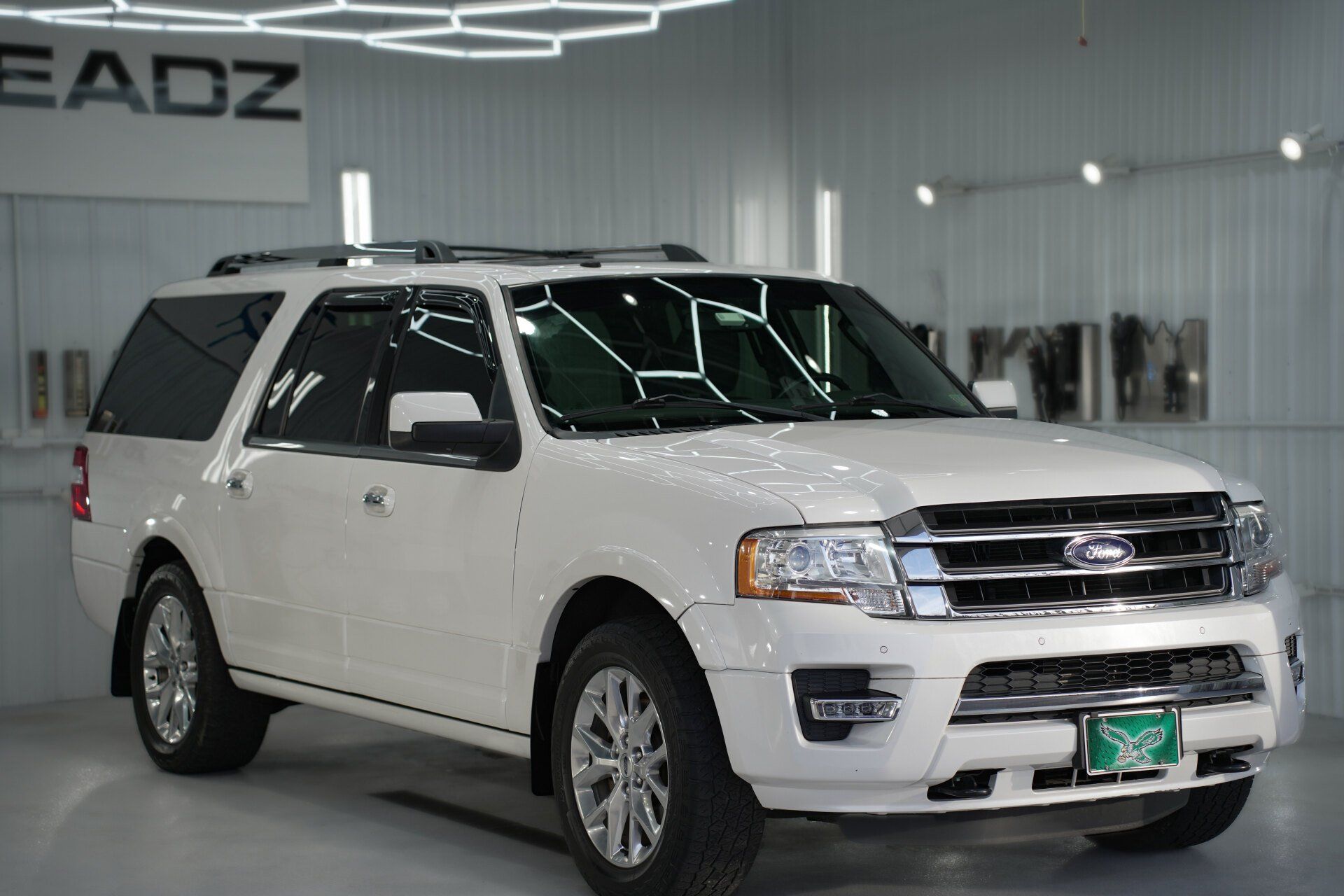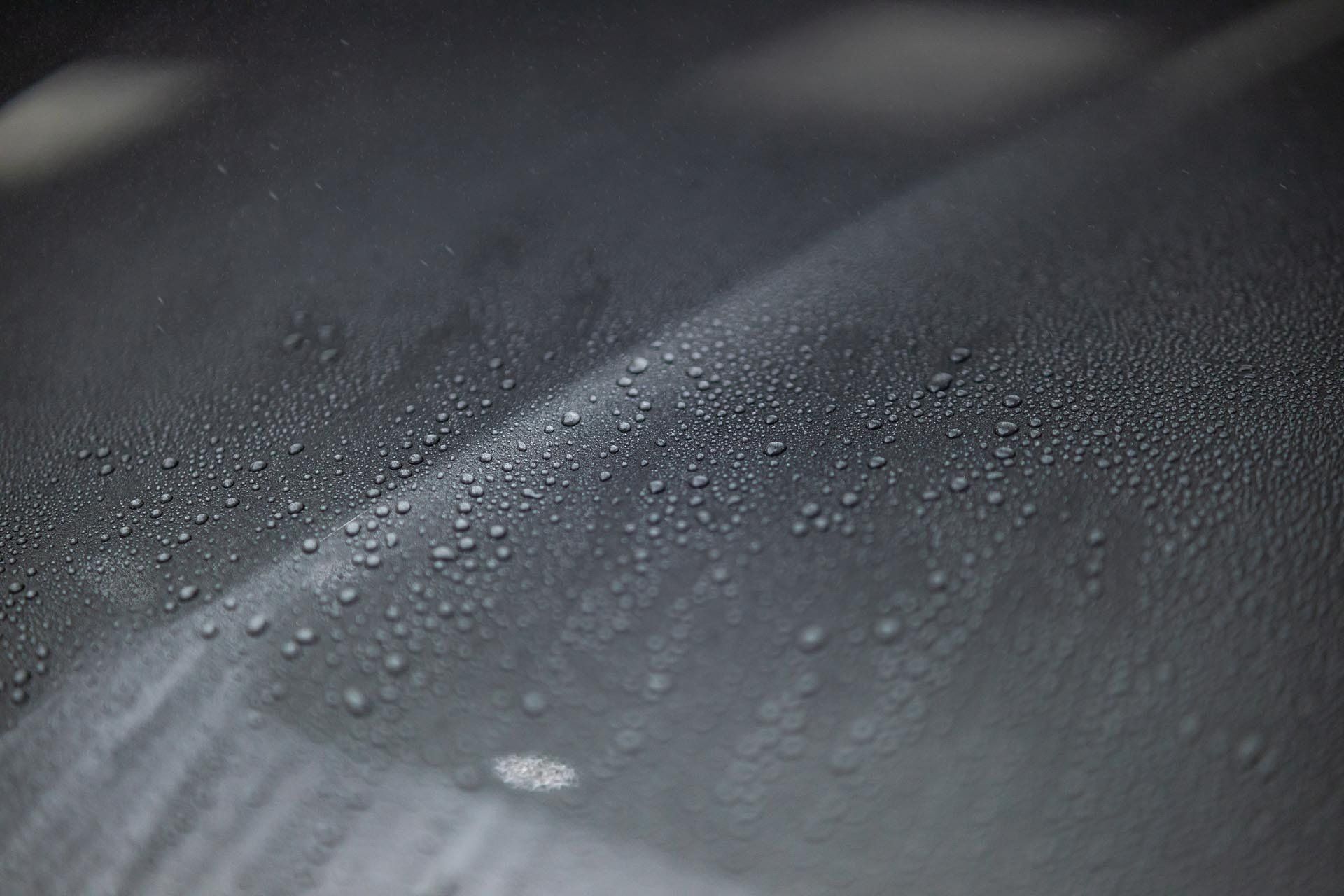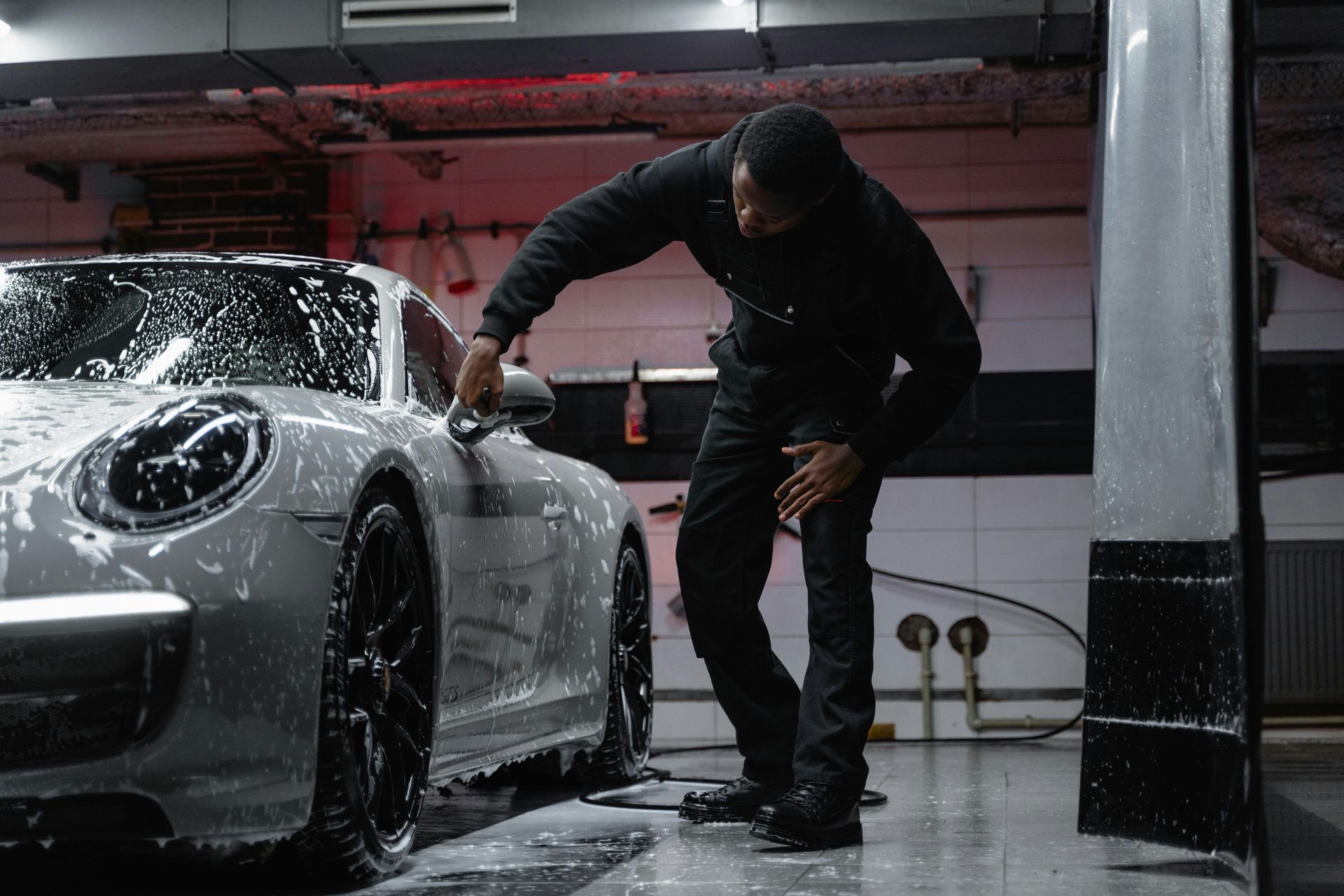How to Identify Quality Paint Protection Film Installation vs Poor Workmanship
GET A QUOTE (484) 866-3022You just picked up your luxury vehicle after spending thousands on paint protection film installation. The shop promised invisible protection and years of worry-free driving, but something looks off. Maybe you notice bubbles catching the light or edges that don't sit quite right.
The truth is, PPF installation quality varies wildly between installers. What separates world-class work from basement-level hack jobs often comes down to details most customers never think to check. Poor installation isn't just ugly - it can actually damage your paint when the film eventually fails and needs removal.
Here's what most people miss: installing paint protection film properly takes serious skill. Anyone can stick film on a hood, but wrapping complex curves, handling detailed trim work, and creating truly invisible protection? That requires years of experience and the right approach.
Understanding good versus bad PPF installation quality protects your investment and ensures you get what you paid for. The warning signs are there if you know what to look for.
What Professional PPF Installation Actually Looks Like
Professional paint protection film installation follows strict standards that separate real craftsmen from guys with a heat gun and some film. These standards determine whether your film protects your paint or becomes a problem.
Quality installation starts with proper surface preparation. Professional installers spend hours cleaning, decontaminating, and preparing every inch that will receive film. This means removing embedded brake dust, road tar, and any previous wax buildup that could interfere with adhesion.
Environmental control makes a huge difference. Temperature, humidity, and dust levels all affect how well film adheres and cures. Quality shops maintain controlled environments specifically for PPF work - not some dusty garage bay.
The actual installation technique separates pros from wannabes. Proper film positioning, heat application, and smoothing require specific skills and tools. Quality installers work systematically to ensure uniform adhesion without stress points that fail over time.
Post-installation curing allows the film to reach full adhesion and performance. Professional work includes proper curing time - not rushing you out the door while the film is still settling.
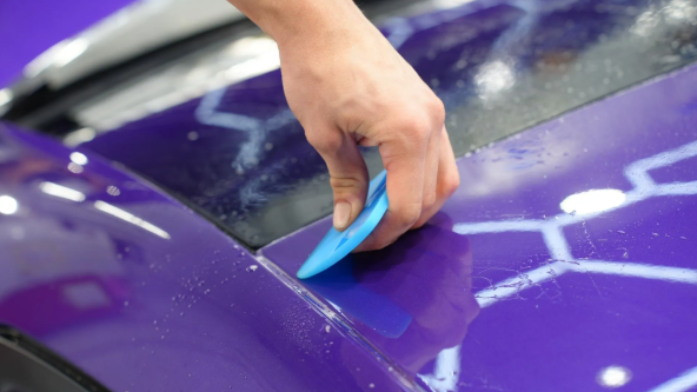
Red Flags That Scream Poor Installation
Recognizing bad PPF installation quality starts with knowing what can go wrong during application. These problems don't just look terrible - they usually mean bigger issues that will cause film failure.
Large bubbles or air pockets represent the most obvious sign of poor work. Small bubbles might work out naturally, but anything bigger than a pinhead after a few days indicates inadequate surface prep or sloppy technique.
Edge lifting happens when film edges don't stick properly to paint. This usually results from contaminated surfaces, poor edge sealing, or stretching the film too tightly during installation. Edge lifting gets worse over time and leads to complete failure.
Visible fingerprints, tool marks, or dirt trapped under the film show poor handling during installation. Professional work should be completely clean with no visible contamination or installation marks.
Orange peel texture or uneven film appearance suggests improper smoothing or heat application. The film should match your paint's texture perfectly - not look like it was installed with a hair dryer and squeegee.
Wrinkles or stress marks typically come from forcing film around curves without proper technique. Quality installation flows film smoothly without creating weak points that crack or peel later.
Poor edge alignment, where film doesn't follow body lines properly, indicates rushed work or inadequate planning. Professional installation features precise cutting and placement.
How to Inspect PPF Installation Quality
Evaluating PPF installation quality requires systematic inspection using proper lighting and techniques. Professional work should meet specific visual and performance standards that you can verify yourself.
Start with optical clarity - this reveals more about installation quality than anything else. High-quality work should be virtually invisible with no distortion, haziness, or texture differences compared to unprotected areas.
Edge inspection tells you everything about the installer's skill level. Quality edges should be precisely cut, properly sealed, and follow body lines perfectly. Look for any lifting, gaps, or uneven alignment that indicates sloppy workmanship.
Surface uniformity across the entire protected area should show a consistent appearance and texture. Any variations in gloss, clarity, or texture suggest installation problems or material defects.
Check bubble persistence since some small bubbles may work out naturally over time. However, bubbles larger than a pinhead that persist after several days indicate installation problems that won't resolve themselves.
Verify complete coverage in all intended areas. Paint protection film in Bethlehem PA should provide comprehensive protection without gaps or missed spots.
Pay special attention to complex areas like door handles, mirrors, and trim pieces. These challenging spots reveal installer skill better than flat surfaces.
Use proper lighting for inspection - bright LED lights or natural sunlight reveal defects that might not show under typical shop lighting.
What Makes an Installer Qualified for Quality Work
Not every shop that offers PPF installation actually knows what they're doing. Understanding installer qualifications helps you choose places that deliver professional results instead of expensive disappointments.
Manufacturer certification indicates that installers received proper training on specific film products and installation techniques. Major brands like XPEL, 3M, and STEK maintain certification programs that verify installer competency.
Experience level matters significantly in PPF work. Ask about the installer's background, how long they've been doing PPF, and what types of vehicles they typically work on. Luxury vehicle experience is crucial for complex installations.
Training documentation from recognized industry sources shows commitment to professional standards. Quality installers invest in ongoing education and stay current with new techniques.
Portfolio review of previous work provides insight into actual capabilities. Quality shops maintain photo documentation of completed projects and should willingly share examples of their best work.
Tool and equipment assessment reveals professionalism and capability. Quality PPF installation requires specific tools, controlled environments, and proper material handling equipment.
Warranty coverage offered by the installer indicates confidence in work quality. Professional installers typically provide installation warranties separate from material warranties.
Professional Standards Checklist
Use this checklist to evaluate PPF installation quality before committing to any work:
Pre-Installation Requirements:
- Controlled environment with proper temperature and humidity
- Comprehensive surface preparation and decontamination
- Proper material storage and handling procedures
Installation Quality Standards:
- Virtually invisible film application with perfect optical clarity
- Precise edge cutting and alignment following body contours
- No visible bubbles, wrinkles, or installation marks
- Uniform coverage without gaps or missed areas
Installer Qualifications:
- Current manufacturer certification for film products used
- Documented training and experience background
- Professional facility with proper equipment
- Portfolio of quality work examples available
Meeting these standards indicates professional PPF installation quality that protects your investment and delivers lasting results.
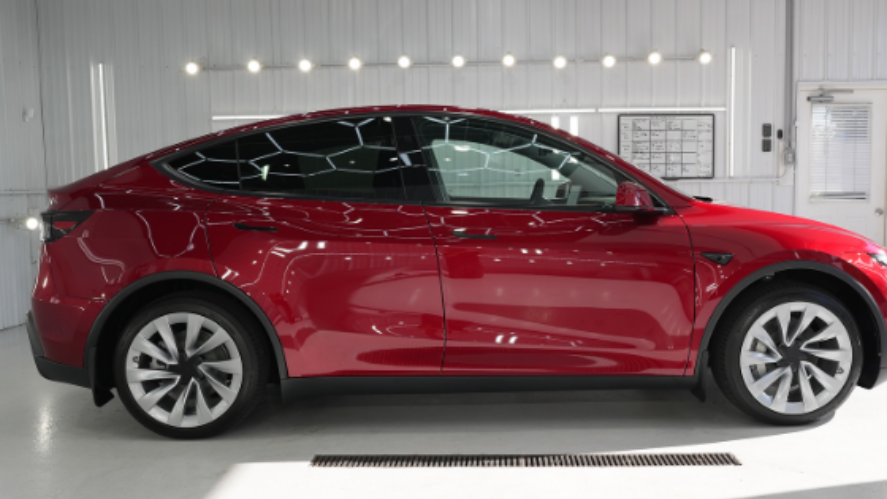
Protect Your Investment with Expert PPF Installation
Quality PPF installation quality makes the difference between protection that enhances your vehicle for years and expensive problems requiring costly correction. Understanding professional standards, recognizing warning signs, and knowing how to evaluate work protects your investment and ensures optimal results.
The key to successful PPF installation lies in choosing qualified installers who follow proven standards and maintain proper quality control throughout the process. Don't let price be the only factor - poor installation often costs more through premature failure and necessary rework.
Take time to research installers, inspect their work carefully, and ask the right questions before committing to any PPF installation. Your luxury vehicle deserves protection that meets the highest professional standards.
Ready to ensure your vehicle receives quality PPF installation that meets professional standards? Beadz Auto Detailing provides expert installation services with certified technicians, or contact our team to discuss your specific protection needs and quality requirements.
Frequently Asked Questions
How soon after installation should PPF look perfect?
Quality PPF installation quality should appear virtually flawless immediately after completion. Small micro-bubbles may take 24-48 hours to work out naturally, but the film should show proper optical clarity and uniform appearance right away. Any significant bubbles, wrinkles, or installation marks visible after completion indicate poor workmanship.
What areas reveal the installer skill level most clearly?
Focus your inspection on film edges, complex curves around mirrors and door handles, and areas with detailed bodywork. These challenging installation zones reveal the installer's skill better than flat surfaces. Check for proper edge sealing, smooth curves without stress marks, and complete coverage in recessed areas.
How can I verify that installer certifications are legitimate?
Ask to see current manufacturer certifications from film brands like XPEL, 3M, or STEK. Legitimate certifications include installer names, certification dates, and specific product training completed. Many manufacturers maintain online databases where you can verify installer status.
What should I do if I notice installation problems after leaving the shop?
Document any defects with clear photos taken under good lighting and contact the installer immediately. Quality shops stand behind their work and address legitimate installation problems promptly. Most defects become more apparent over the first few days as the film fully adheres.
How long should installation warranty coverage last?
Professional installers typically provide installation warranties separate from material warranties, usually covering workmanship defects for 1-2 years minimum. This covers issues like edge lifting, bubbling, or premature film failure due to poor installation technique.

